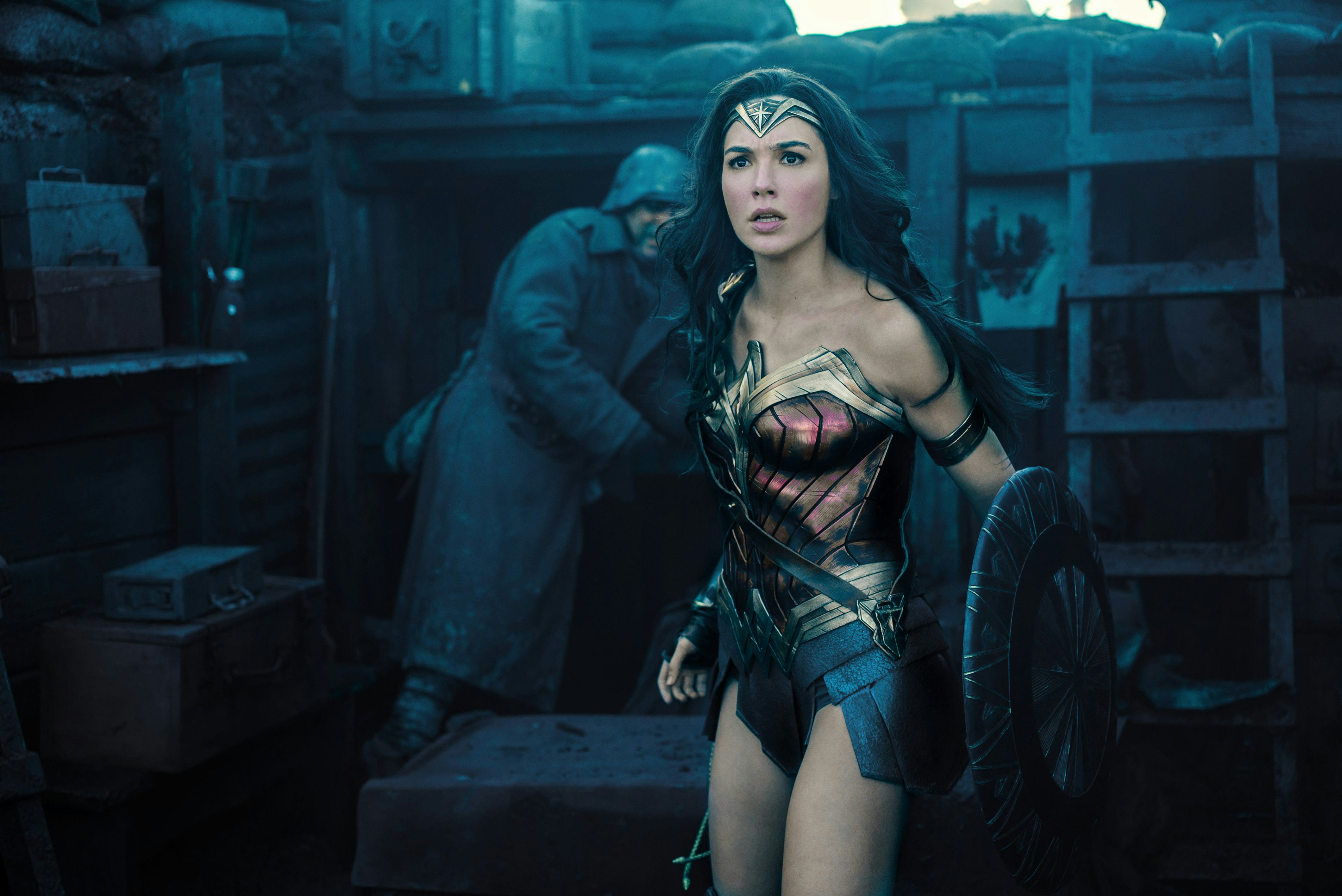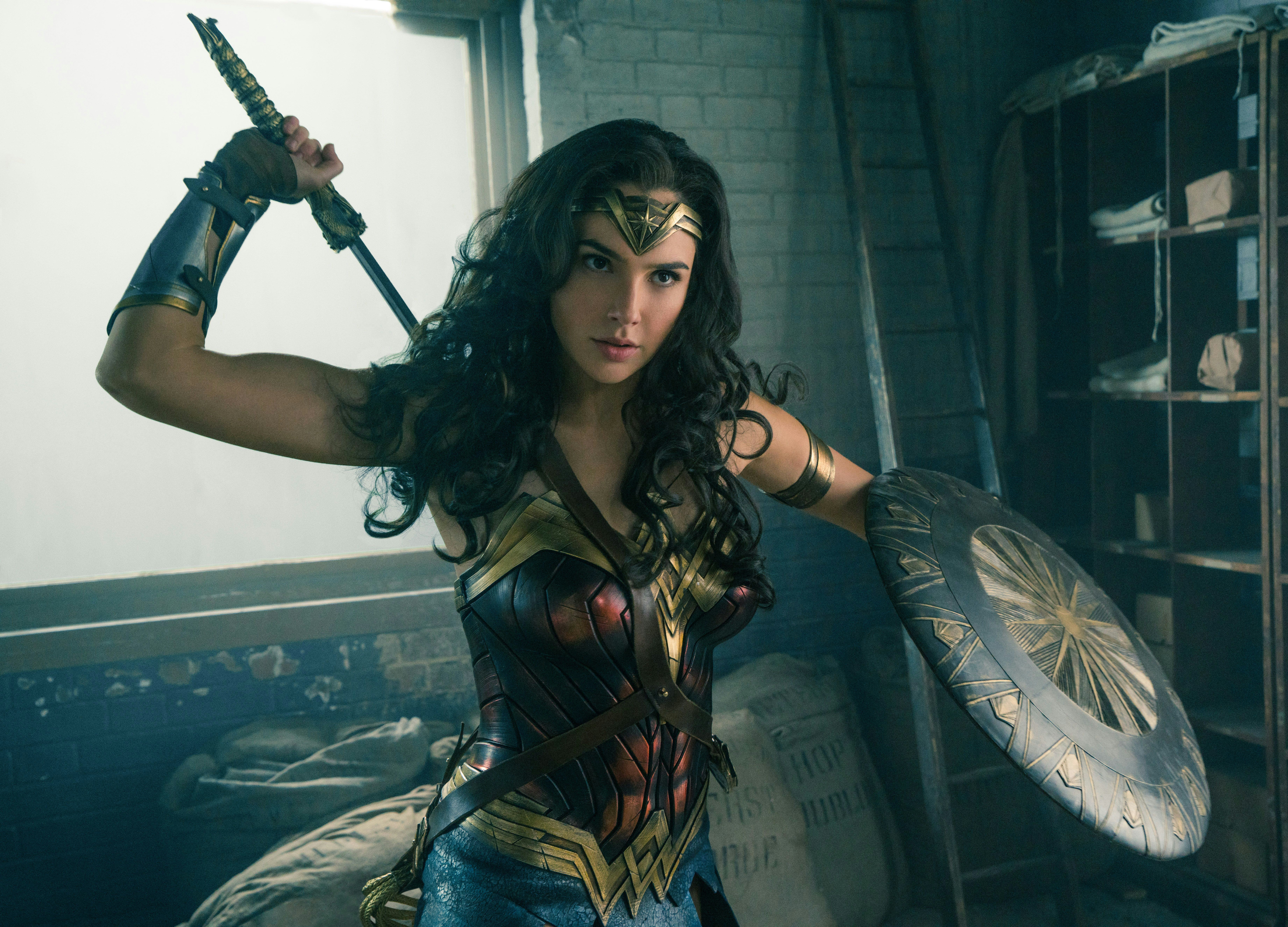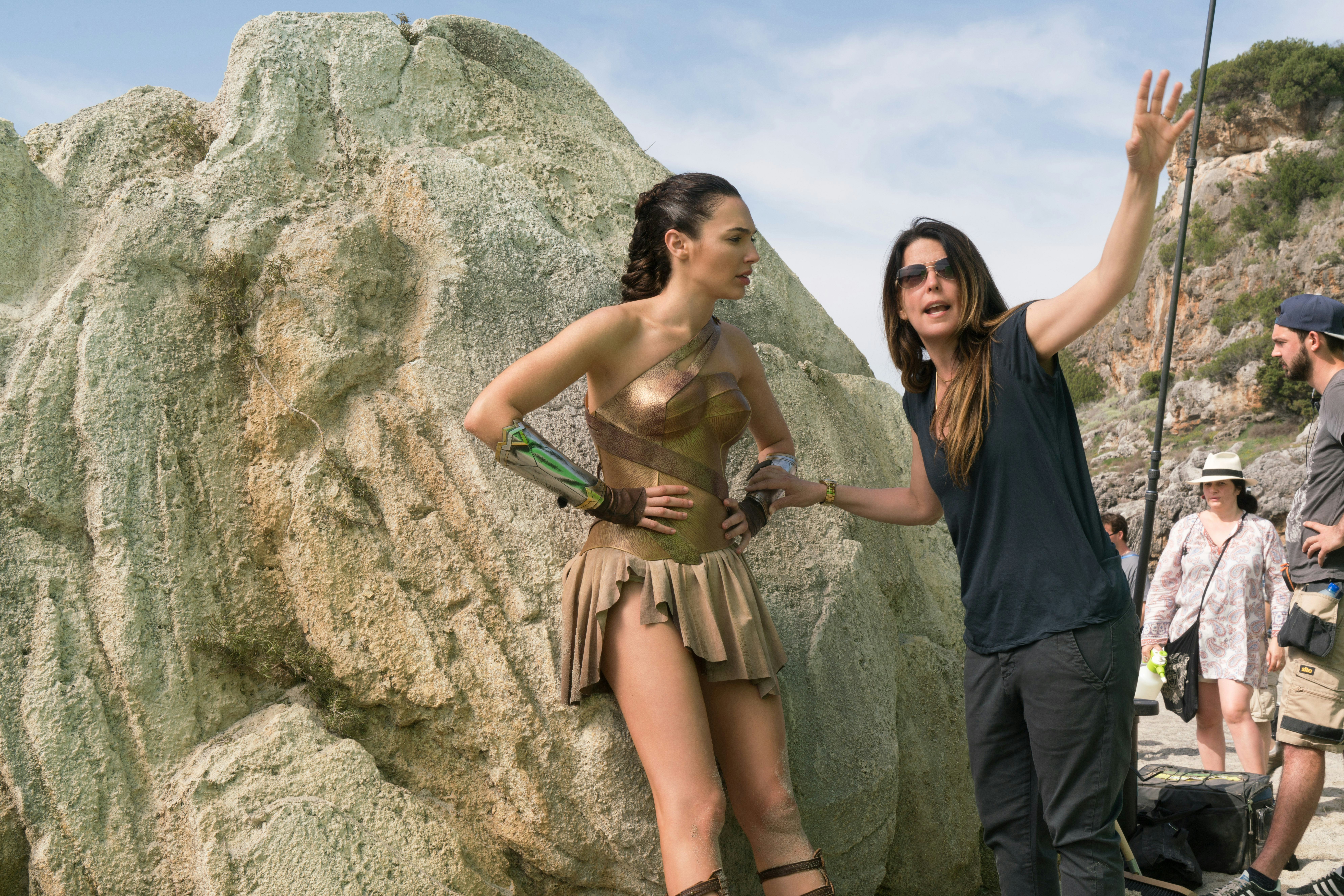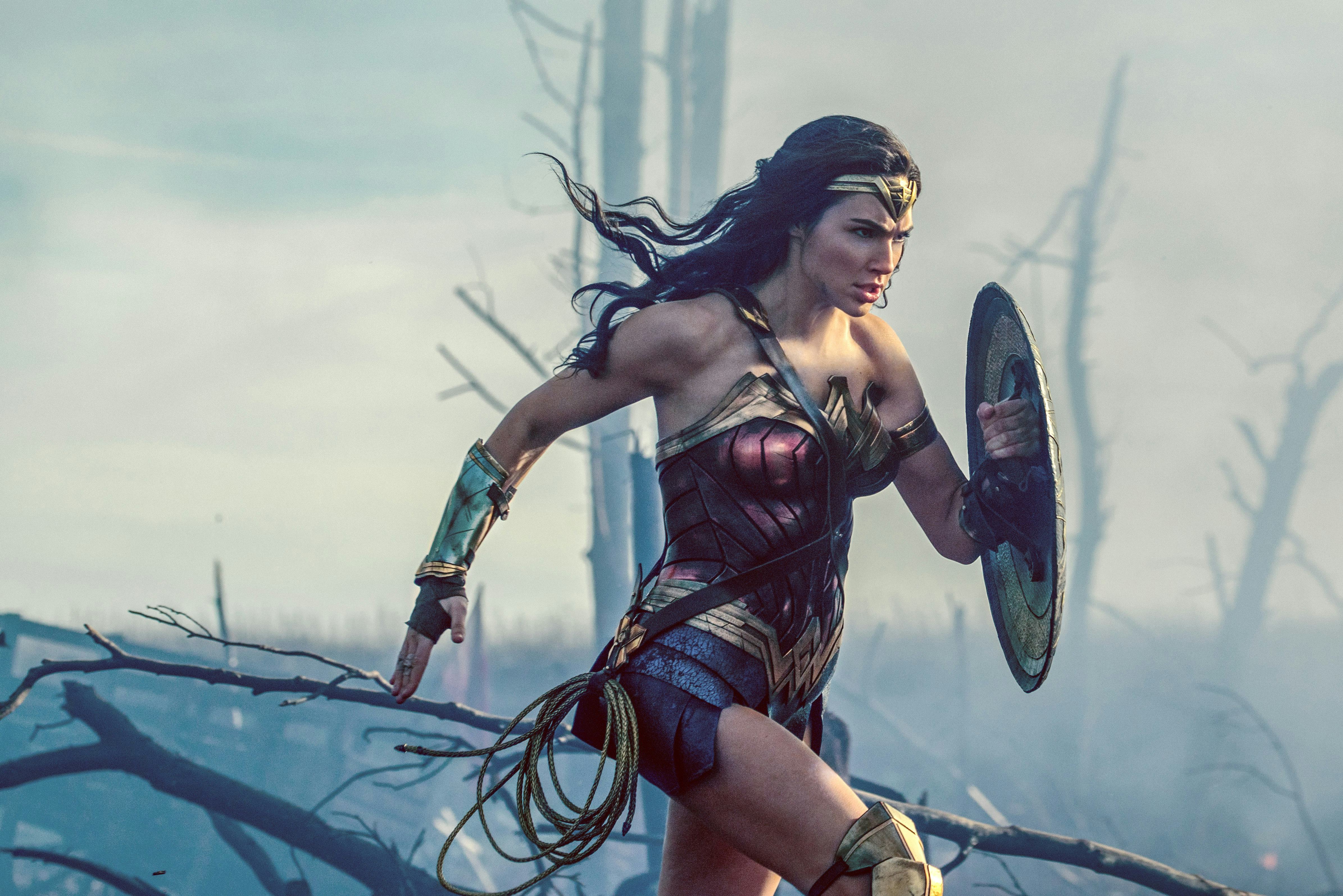
The term “No Man’s Land” — referring to the bombarded and mined fields between trench lines in battles from the early 20th century — wasn’t popularized from coverage of war. It emerged from coverage of peace.
On December 24-26, 1914, five months after the start of World War I, a miraculous series of ceasefires took place along the Western Front. Opposing forces, including British, French, German, and Russian, dropped their arms. They chose instead to hang out, sing, smoke, and eat. Together. They collected their dead and kicked around soccer balls in the snow. World War I is one of the bloodiest conflicts in recorded history, and yet, because it was Christmas, they simply stopped.
The Christmas Truce didn’t create the phrase “No Man’s Land,” but coverage of it inspired its mainstream use. It bears repeating that an ominous term came out not because of war but because of temporary peace. In the imagination of comic book movies, the Belgian front of World War I is where another contradiction of war and peace soars.
The 2017 movie Wonder Woman was released five years ago today on June 2. That’s when the DC Comics icon took up her arms in the name of peace in her breathtaking solo film on the big screen. While its impact can still be felt by the wider superhero movie industrial complex five years on, it remains a profound, however imperfect movie, effortlessly teetering between a gritty war picture and an aspirational superhero fantasy.

Wonder Woman herself is a vision of paradoxes. Played by Gal Gadot, a former Israeli model turned actress (who almost quit Hollywood after her stint in the Fast & Furious sequels), Diana of Themyscira is tender as she is fierce and loving as she is dangerous. She runs up to babies to coo them with a sword and shield cloaked on her person. She loves ice cream and hates fashion that keeps a girl from breathing.
Diana is a warrior at heart. Even as a child, she wishes for weapons in the ways others wish for bicycles and Nintendo. She is eventually raised to be Themyscira’s most formidable soldier, but not before she learns about the loving nature of her people. Once at bedtime, Diana’s mother, Hippolyta (Connie Nielsen), promises to tell a young Diana “a story of our people, and my days of battle.” An excited Diana is then warned, “So you will finally understand why war is nothing to hope for.”
In Wonder Woman, Gadot steps out of the shadow cast by TV’s Lynda Carter to bring new life to a cultural icon. Before the 2017 film, Wonder Woman was as ubiquitous as she was undefined. She was “the girl superhero,” at least to most people who aren’t familiar with comic book luminaries like George Pérez and Gail Simone. Wonder Woman reintroduced the character to the mainstream and finally instated her mythic stature, a hero who will kneel before frightened children and stand up to gods.
“Bruce Wayne is warned that compassion is a weakness. In Wonder Woman, compassion is what gives her strength.”
Halfway through the film, in the literal trenches in Belgium and in what feels like the apocalypse, she is told by pilot/spy Steve Trevor (Chris Pine) that “no man can cross” the ground above them. World War I was the coming-out party of the machine gun, invented in 1884, and the “Great War” was a clear demonstration of its terrible efficiency.
But “No Man’s Land” never accounted for a wondrous woman. As Steve tells Diana, “We can’t save everyone in this war,” she takes his order as a dare.
Heroes aren’t always defined by their sacrifice. Sometimes they are defined simply by their choices and what those decisions mean for everyone else. Even when jeopardizing her covert mission, Diana refuses to see any more strangers suffering. In Batman Begins, Bruce Wayne (Christian Bale) is warned that compassion is a weakness. In Wonder Woman, compassion is what gives her strength, and so she chooses to charge forward.
One of the most common criticisms against superhero movies is that the stakes are never real and that these characters never die. But no one ever says the same about the Greek legends who stood up to monsters and demons. Oftentimes, heroism isn’t about asking What will we lose? But rather, What can we gain? Diana’s daringness to cross the trenches isn’t just a monumental moment for her movie — which wisely builds anticipation for Diana in full gear — but emblematic of superhero movies at their best.
“A salvo for the beleaguered DC brand.”
Wonder Woman is also astonishing on technical levels. Deploying the unique sort of slo-mo action innovated by John Woo and made trendy by Zack Snyder (a producer on this film), the movie allows Diana to become something best described as an “angelic tank.”
“No Man’s Land” in Wonder Woman is simply perfect. Everything from its rhythmic editing to its efficient spatial direction — it’s pretty much Gal Gadot moving in a line — to artistic embellishes only cinema can afford, the mise en scène is powerful enough to fool one into truly believing Wonder Woman is alive. And she has all the beauty and wrath the Greek gods have themselves. The film’s comic-book-style framing features close-ups of bullets and Diana’s boots, and glorious wide-angle shots paint Diana as a beacon of hope in desolation.

In the five years since Wonder Woman opened, almost all superhero movies can claim some debt to Patty Jenkins’ film. The movie was a salvo for the beleaguered DC brand, which to some degree still struggles to compete with rival Marvel Studios. While Wonder Woman earned less worldwide (but more domestically) than 2016’s Batman v Superman: Dawn of Justice, the movie’s celebration enabled DC/Warner some much-needed momentum to march forward.
Wonder Woman wasn’t the first superhero film starring a female lead — there was Supergirl in 1984 — but it was revolutionary in how it succeeded. It’s not surprising how much Marvel strove for its buzz with its own female-led film Captain Marvel in 2019, down to the trailers’ clever title editing of “HER” into “A HERO.”
But the DC movie proved that the right talent behind the right material can abstractly create universally appealing mainstream art, no matter its “niche” appeal. In the stifling, capitalistic business of blockbuster entertainment, where “white” and “male” was long the default setting, Wonder Woman was revolutionary in its enlistment of Jenkins, an outspoken feminist, to tell Wonder Woman’s inherently feminist, anti-war narrative.

In more careless hands, Wonder Woman could have been a different movie. Just look at what Joss Whedon wrote. Instead, we have the movie Wonder Woman deserves. The ways Jenkins and cinematographer Matthew Jensen frame its title superhero exhibit the value of a different perspective. Wonder Woman overall deploys a gaze that never gawks at Gadot’s body, and the result replaces exploitation with an uplifting sense of wonder.
Wonder Woman is only as perfect as any movie can be, which is to say it isn’t. You can poke holes at its narrative and its twist involving the true identity of Ares. (The entire third act is deserving of criticism, honestly.) And yes, it has a sequel we’re not going to talk about. But a movie can’t only be the totality of its merits and flaws. It can be something else. It can mean something more. It hasn’t been long since Wonder Woman opened, but the genre she belongs to has only evolved in its wake. And it’s all because Wonder Woman chose to cross the line.
Wonder Woman is streaming on HBO Max.







